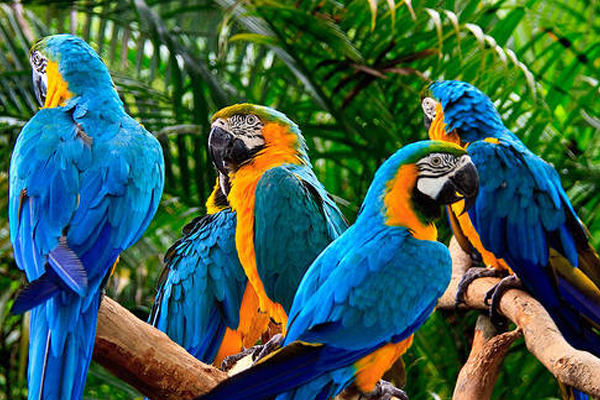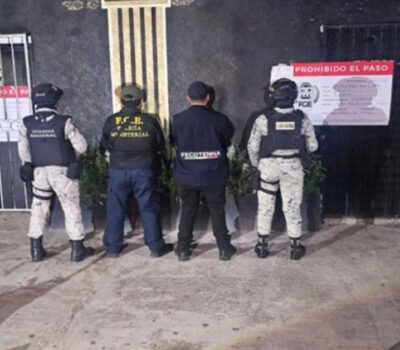Biologists and veterinarians at the National Autonomous University of Mexico (UNAM, for its acronym in Spanish) released macaws at the Los Tuxtlas Biosphere Reserve in Veracruz, with the objective of consolidating the population of these animals in the region.
The team, which works under the direction of the UNAM´s Institute of Biology and is coordinated by Patricia Escalante, released 13 macaws, while 13 others were transferred to the Benito Juárez Ejidal Reserve to make a soft release and reinforce that site, which opened last year.
Escalante explained that more than 40 years ago these species had disappeared from the region, and with the introduction project they managed to bring them back.
According to a statement, it is the sixth group of Ara macao cyanoptera, which was released on August 18 from the operational center of the reintroduction project located in the Nanciyaga Ecological Reserve.
Escalante said that last May a new group of macaws from Xcaret arrived at the UNAM aviary in Nanciyaga, along with a team of professionals in charge of taking care of them and a veterinary intern who came to prepare them for four months.
He emphasized that for the people of Catemaco the presence of these birds in their daily activities is already common, in addition more and more tourists go to know them, commented the researcher.
The boatmen approach the lake for visitors to observe when they gather in the treetops. “These actions are not harmful and contribute to more awareness, in order to take care of and enjoy them,” he said.
He pointed out that four years from, about 130 birds have been released, “so you can say that it is the fourth part of an ambitious goal of achieving a population of 500 so that they have a better chance of long-term survival”.
He added that the reintroduction project has been possible thanks to the participation of Xcaret, which for more than 20 years has maintained a breeding colony and has donated groups of red macaws reared on their premises.
He also highlighted the participation of the Nanciyaga Ecological Reserve, which collaborates with its facilities for the regional operational center of the project and in social strategy.
There is also support from the Anolis Group of Peasant Ecotourism and the Biosphere Reserve Los Tuxtlas of the National Commission of Protected Natural Areas (Conanp, for its acronym in Spanish), among other organizations.
NTX/NGG/MMH/JCG
Biologists and veterinarians at the National Autonomous University of Mexico (UNAM, for its acronym in Spanish) released macaws at the Los Tuxtlas Biosphere Reserve in . . .












